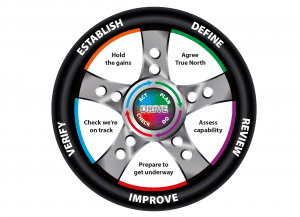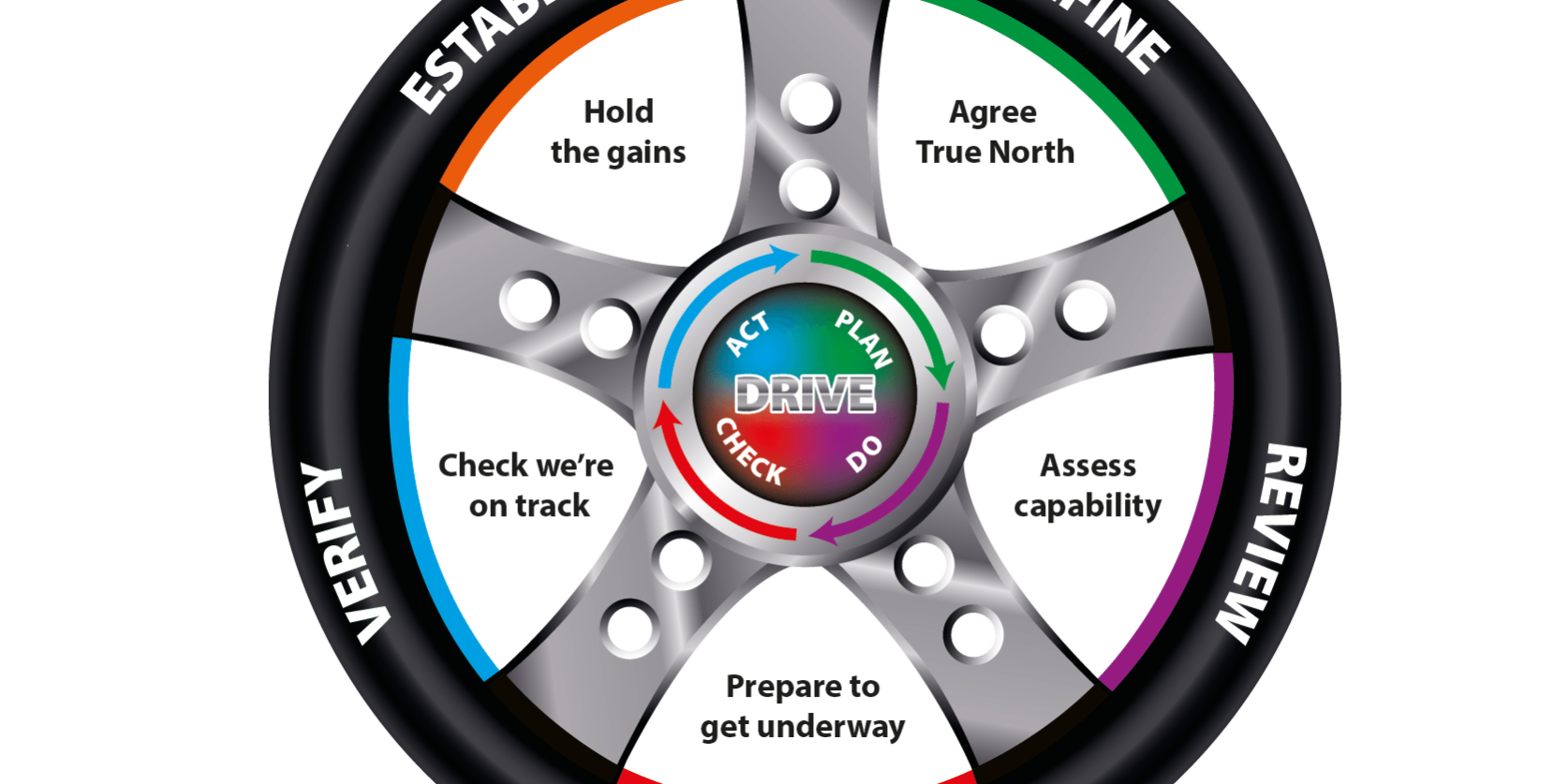It’s that time again when we all make goals for the New Year ahead. Did you know that the origins of New Year’s resolutions began some 4000 years ago? The Babylonians made promises to their gods at the start of each year that they would return borrowed objects and pay their debts. They hoped this would earn them good favour in the coming year.
Many of us are still making resolutions today. If, like me, you have committed to a New Year resolution, do you think you’ll meet it? We all start with good intentions, but don’t always seem able to follow through as we should. Time will tell, of course.
Resolutions for your business
Much the same applies to your organisation’s business plans that support its strategy. I don’t have any statistics on the success or otherwise of New Year’s resolutions, but there are some interesting and potentially frightening stats on strategy deployment. Published in the CFO Magazine, these show the percentage of people who understand their organisation’s strategy:
- 71% of executives
- 40% of middle management
- 3% of the rest of the workforce
It’s not too surprising then that so many strategies fail to be effectively deployed! What’s the position in your organisation? How well is the strategy understood by people? And is there a clear ‘True North’ that everyone is driving towards? Are the organisation’s business plans agreed using a catchball process, or are they simply imposed? Communication, buy-in and ownership are essential ingredients for success.
If you’re serious about deploying your strategy you’ll also need drive. Focus, determination and energy are vital, but so too is the need for a systematic approach such as provided by Catalyst’s DRIVE model:

DRIVE – Strategy Deployment
- In the Define phase, you’ve recognised where you want the organisation to be – its True North
- The Review phase provides a reality check assessing the organisation’s capability to achieve the change needed
- There are three parts to the Improve phase. These look to prepare for the journey, shape and scope what needs to be done, and then implement the agreed actions and projects
- In Verify you are monitoring progress and performance against plan ensuring that you are on track
- And in Establish you ensure the gains made are held as you seek to embed the new ways of working into the organisation’s DNA
If you would like to find out more detail about this model and its use in strategy deployment, take a look at ‘Lean Six Sigma Business Transformation For Dummies’ written by some of our team, or get in touch with us.
Either way, good luck with those resolutions!









